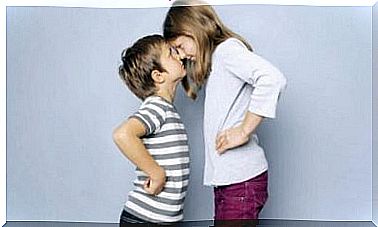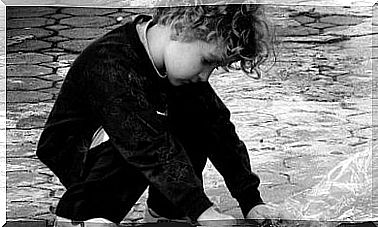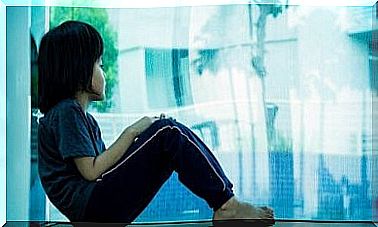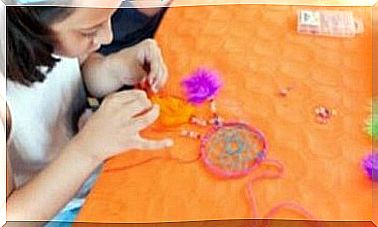Theater Improvisation For Children: Exercises
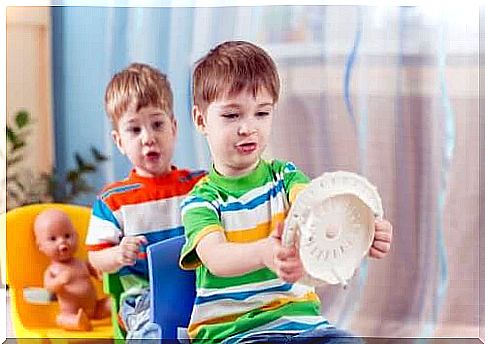
Theater improvisation for children is a powerful tool for their training and development. It is a very precious resource, not only in the theatrical and acting field, because all the improvisation exercises we do with children and their techniques can be applied in everyday life.
Making theater and improvising in the classroom or outside the classroom stimulates children’s creativity. It contributes to the development of thinking skills and enhances bodily expressiveness.
At the beginning of any artistic creation we are faced with improvisation. Thanks to it, children explore a world of possibilities, deepening their knowledge of their surroundings, of themselves and their companions.
Ultimately, improvising means nothing more than playing a game by following concrete rules. Thanks to this game you can explore emotions and feelings, but also the surrounding reality. Improvising means focusing on the “here and now”. Ultimately, theatrical improvisation corresponds to carrying out an exercise in mindfulness.
Theater improvisation exercises for children
The main purpose of all theatrical improvisation exercises for children is to learn how to improvise, but it is not the only one. For each exercise, we will add other goals, equally important.
It is essential to remind children, while they are improvising, of the importance of letting go. Show them that sometimes you have to be able to not think too much and learn to let things happen.
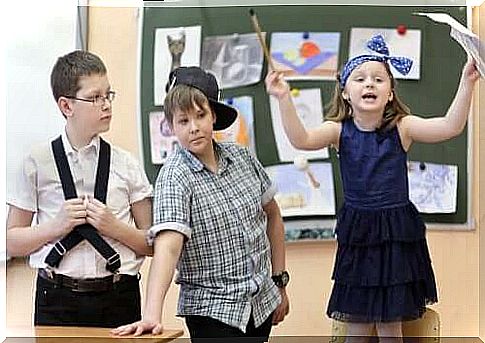
Group improvisation with music
- Number of children: we need a group of at least 4 children.
- Age: from four years old.
- Recommended duration: 5 minutes. If the group is larger, we will need more time.
- Improvisation goals: to develop bodily expressiveness through music. Play and study a musical rhythm using our body. Let us be carried away by the music. Observe others and focus.
Let’s play a lively song and position ourselves in a circle with the children. At first, we encourage them to follow our movements: imitated by children, we make simple and repetitive movements to the rhythm of the music.
In the second part, each of the children in the circle, in order, makes a movement (always to the rhythm of the music) and the others imitate it. We lead the exercise by signaling the child who directs the others.
If children get stuck, we remind them that the important thing is to improvise, without thinking too much, and let yourself be carried away by the music.
Theater improvisation for children: “discovering space”
- Number of children: we need a group of at least four or five children.
- Age: from six years old.
- Recommended duration: 10 minutes. If there are more children, we will need more time.
- Improvisation Goals: Check our emotional and physical state. Relate to others. Studying the expression of one’s own emotions and discovering those of others.
We will tell the children to walk along the entire stage following some simple and basic rules. They must try to occupy all the stage space. They must keep equidistant from each other; in other words, there must be no large gaps or areas in which they are too clustered.
As they walk through space, we tell them what they need to do. These are some of the rules:
- Walk in silence, focusing only on ourselves and on how we feel, but being careful not to collide with any mates.
- Keep walking and start making eye contact with others. Think about how we feel and what reactions eye contact with them causes in us.
- When the children hear a clap of hands, they greet the closest companion. Let’s start with a short greeting, which becomes more intense with each clap of the hands.
- We add emotional situations that children have to represent: walking very happy, very sad, angry, afraid …
The static scene
- Number of children: we need a group of at least four children.
- Age: from six years old.
- Recommended duration: between 15 and 20 minutes. If there are more children, we will need more time.
- Improvisation goals: to study silence. Create your own characters and a group scene. Learn to observe and to go beyond appearances. Relating to others and reaching agreements, as well as studying body expression.
- We divide the children into groups. If we have a large number of children to carry out the activity, we can create more than two groups.
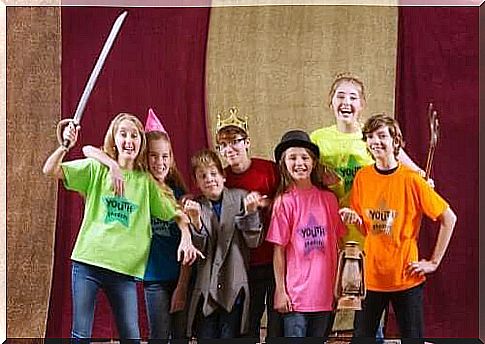
The activity consists of showing up in groups and creating a static scene. It is a kind of 3D photography. While a group creates their own painting, the other children remain behind, in silence. Once the image has been created, the other children can turn around and observe it for a while, in silence.
For the creation of the static image, the children must first decide which characters they will play, which story they want to be seen from the outside and what action each participant is taking.
The other children, after observing for a while, should raise their hand and express an opinion on what they see. Try to verify which characters are in front of them, what they are doing and what is happening in the scene.
In the end, the children in the painting, following an indication from us, move and give life to the scene by playing. Finally, they explain what was happening in the scene and we compare what the actors wanted to show with what was actually perceived from the outside.
In conclusion…
Finally, it is necessary to remember that in theatrical improvisation for children we must insist on how important it is to think about companions. Equally important is that children should be generous with themselves and with others. There is no room for judgments: they have to let themselves be carried away by the new sensations they experience.
